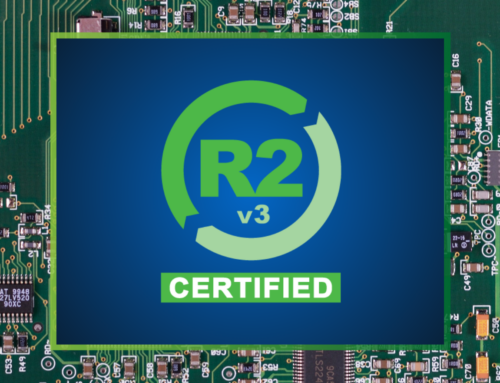If your business is interested in the cloud, there are new types of architecture to consider and incorporate into your existing enterprise architecture. Here are the three main types of cloud architecture:
Private Cloud
By incorporating a private cloud (also known as internal or enterprise cloud) into your enterprise architecture, you gain the ability to manage your own applications, software, storage and other data with your in-house team.
Rather than building additional data centers to keep up with the growth of your business, your computing power can become more efficient using virtual machines (VMs) and containers. However, private cloud computing can be slow, is not always secure and lacks the responsiveness of a public cloud.
Also, the cost to build and maintain a private cloud with the same connectivity and expandability as a public cloud is significant. Public cloud providers have massive networks with global reach that far outperform what most private companies can build.
Hybrid Cloud
As indicated by the name, this approach combines your existing infrastructure with either a public or private cloud, or both. This method allows businesses to gain the benefits of cloud architecture while maintaining their enterprise architecture. Hybrid cloud allows your business to choose to slowly migrate data to the cloud, use the cloud as a backup or maintain it on your own servers for security.
Many organizations choose to run specific applications on a public cloud if they could benefit from the on-demand computing power and fast networks these services offer. For instance, rather than running a once a month process on an in-house server that would be idle most of the time, consider moving the process to a cloud server where you only pay for the computing cycles used.
Public Cloud
The main difference between public and private clouds is that in the case of public cloud, the management is not your responsibility, it’s managed by the cloud provider. Your data is stored in the cloud providers data center and they are responsible for the management and maintenance of the data center.
The benefit of this approach is that it reduces lead times when testing and deploying new products or applications. However, you are trusting the security of your data to someone else, with the risks that come with that.
Why Are Businesses Choosing Hybrid Cloud?
The business model that cloud computing is built upon is the responsiveness of a cloud environment that provides the ability to rapidly provision IT services without huge cost. This power to cost ratio is appealing to CEOs and CIOs looking to reduce overhead.
In 2015, Gartner predicted that hybrid IT would be the best and most sustainable solution for businesses in an “increasingly disruptive digital world” also stating that with a hybrid approach “the enterprise can reap the benefits of transformation while stabilizing business-critical processes.”
Since then, we’ve seen cloud adoption rates grow exponentially. Many businesses are taking a hybrid approach, integrating and connecting private and public clouds to their enterprise architecture. This approach requires new technology to connect public and private clouds, the ability to classify and identify complex data, and the use of service-based architecture.
A common approach is to adopt the public cloud for development and testing, allowing computing to expand and contract based on usage and thereby saving money. Or, software as a service (SaaS) applications are being used to replace legacy applications.
However, cloud service providers (CSPs) can be very different in both their approach and the services offered. Some offer turnkey SaaS applications that can be used to replace older, more expensive internal or legacy software, others offer a variety services that may or may not be able to meet the requirements of the software they’re meant to replace. It’s important to consider application and architecture requirements before deciding to use one CSP over another.
A major concern with any cloud adoption is security, especially in an industry where data is highly regulated, such as healthcare or financial data.
As mentioned, private cloud allows you to control and secure your own data whereas public cloud security is handled by the CSP. It’s important to keep this in mind when deciding which applications and what data should be on the public versus the private cloud in a hybrid environment.
Make an Educated Decision
Whichever CSP or type of cloud architecture you decide is right for your enterprise, you’re in good company. A study published in 2017 found that within fifteen months, eighty percent of IT budgets would be committed to cloud solutions.
Whether you’re seeking the right CSP for storage, applications, or testing, these are several key considerations to keep in mind; security, location, service, budget, and disaster recovery. These are critical to your business and may be handled differently depending on the CSP and cloud architecture you choose.
If you’re researching cloud storage and architecture options, you may be interested in our post, 5 Things to Consider When Picking a Cloud Vendor.




